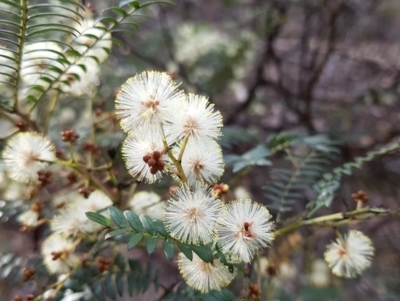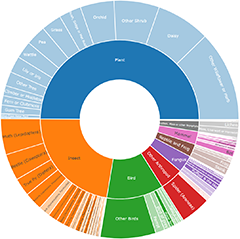Wattles
Announcements
There are currently no announcements.
Discussion
abread111
wrote:
16 Dec 2025
3 of them, not treated, I did not have dabber, not mapped except by this CNM photo, so easy to find
Acacia baileyana
waltraud
wrote:
16 Dec 2025
It doesn't look big. Did anyone tackle? I can't find it on Field Maps, neither Treated nor Not treated.
Acacia baileyana
TwoRivers
wrote:
10 Dec 2025
This is definitely silver wattle Acacia dealbata - SHARON FULCHER, ecologist M.Env.Sc
Acacia boormanii
waltraud
wrote:
5 Dec 2025
Perhaps by bike riders to clear tracks for a convenient ride...
Acacia rubida
Significant sightings
- Acacia lanigera var. lanigera at Weetangera, ACT
- Acacia ruppii at Girraween, QLD
- Acacia baileyana at Springdale, NSW
- Acacia barringtonensis at Barrington Tops National Park
- Acacia awestoniana at Amelup, WA
- Acacia alpina at Yaouk, NSW
- Acacia alpina at Yaouk, NSW
- Acacia alpina at Mount Clear, ACT
- Acacia lanigera var. lanigera at Pearce, ACT
- Acacia brachybotrya
Top contributors
- Mike 714
- Darcy 465
- Tapirlord 459
- waltraud 298
- trevorpreston 286
- KylieWaldon 237
- abread111 216
- MichaelBedingfield 206
- JaneR 188
- ConBoekel 186
Top moderators
- Tapirlord 2K
- MichaelMulvaney 1.1K
- Darcy 499
- BettyDonWood 451
- natureguy 367
- MichaelBedingfield 329
- plants 280
- Mike 161
- waltraud 157
- RWPurdie 133





















